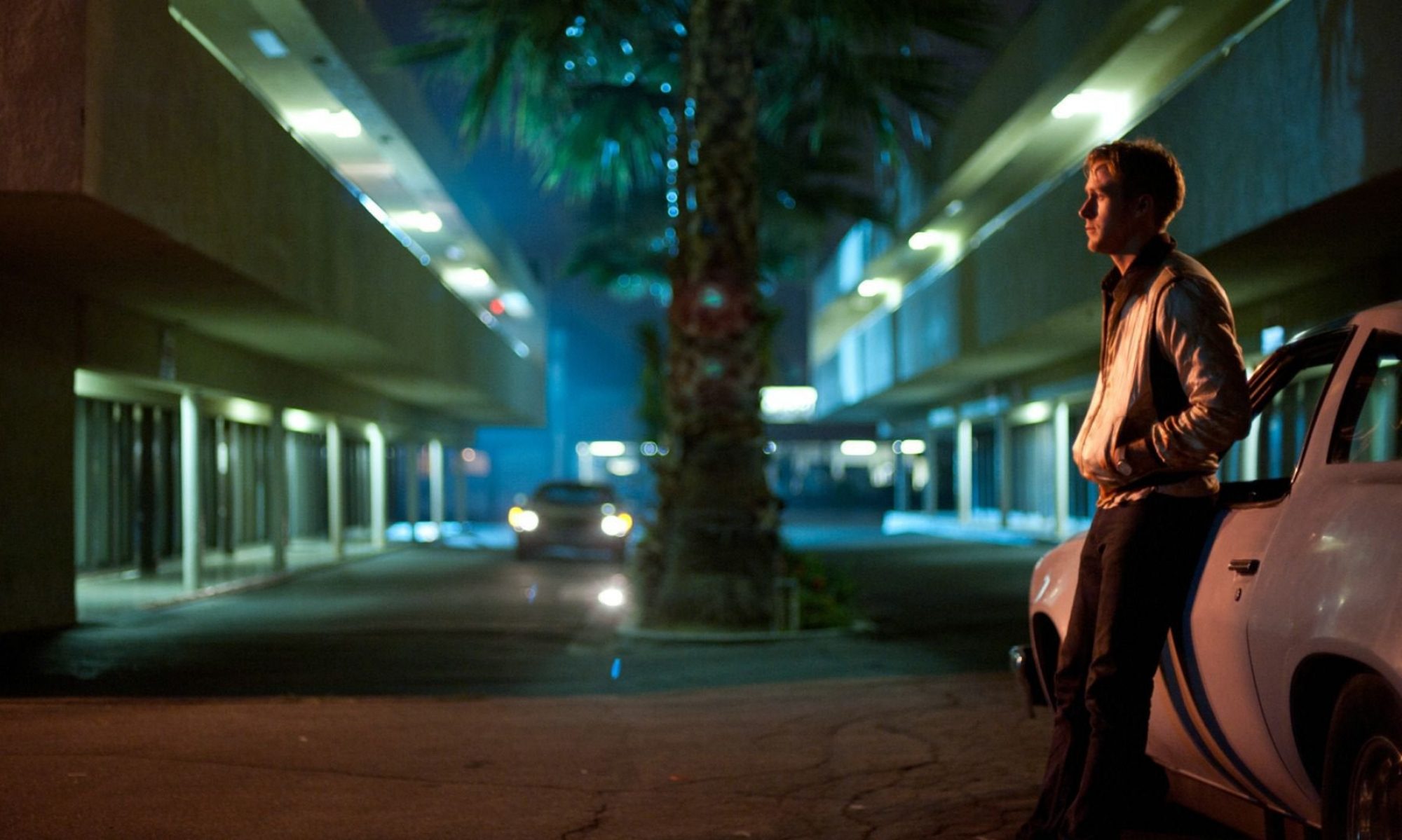It’s difficult to separate some actors from their signature roles. Yes, Nick Offerman has knocked the ball out of the park in The Last of Us and numerous other TV shows, but it’s hard to picture him as anyone else apart from the laconic Ron Swanson. When Offerman’s acting as the maniacal POTUS in Civil War, it’s difficult not to imagine him dictating the Pyramid of Greatness to a class of school children. Likewise, it’s challenging to picture Jesse Plemons as anyone other than resident psychopath Todd from Breaking Bad (not to worry with this one, though, as he plays a similarly unhinged douchebag in this rodeo too). It’s not too much of the problem, though, as neither actor gets a huge amount of screen time in Alex Garland’s latest feature.
The plot, set in a dystopian America that’s not quite dystopian with its prescient topics, follows an extended road trip to Washington D.C. by a group of journalists to try and interview the president about his alleged actions against separatist states of the nation. Its basic concept mirrors The Last of Us; people are trying to head to a specific location and get hampered by a variety of bad dudes along the way. The characterisation in this one, however, leaves something to be desired. We know that Kirsten Dunst’s Lee is a famous photojournalist and that she’s been traumatised by her experience, but the screenplay never tries to dig deeper than a few measly flashbacks. We never sense what drives her. Likewise, we get little background from Wagner Moura’s Joel, whose wholesome outlook on life is kind of jarring since I mostly just know him as Pablo Escobar in Narcos. But that’s a me problem. Other characters, however, are seriously underdrawn, with Lee’s mentor Sammy and rookie photojournalist Jessie making minimal impact.
Civil War does excel, however, in terms of its visual palette. Reportedly the most expensive production by A24 as of writing, many of the apocalyptic landscapes are suitably breath taking. There are some nice moments of sound design too when character’s screams of despair are silent and we’re left to observe scenes of chaos without sound or dialogue. But the film’s frequent lack of emotional engagement with the characters – and the victims shot with their cameras – leaves a slightly cold atmosphere. It’s aesthetically impressive, for certain, but it is nonetheless found wanting in heart and heft.
